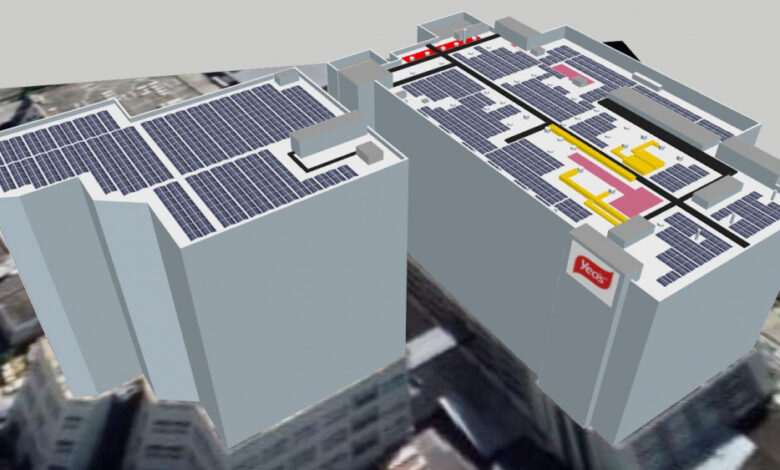IEA Report Highlights Global Trends And Innovation In Smart Grid Technologies

[ad_1]

The International Energy Agency (IEA) recently published a comprehensive report titled “A Global Review of Patent Data for Smart Grid Technologies.” This report offers valuable insights into the innovation trends in smart grid technologies, which are crucial for the clean energy transition. The analysis leverages data from the European Patent Office (EPO) PATSTAT database, providing a detailed overview of where, when, and in which subsectors these innovations are occurring.
Smart grid technologies are essential for modernizing power grids, which are increasingly stressed by the rising demand for electricity and the integration of variable renewable energy sources like wind and solar power. These technologies enhance grid resilience, reliability, and efficiency, reducing the need for costly new infrastructure. By examining patent data, the report helps policymakers and investors make informed decisions.
The report reveals that the peak of smart grid innovation occurred in 2011, with 2,000 unique inventions, accounting for 11% of power sector innovations. Although there was a decline in subsequent years, the share of smart grid innovations rose to 13% in 2022, aligning with the IEA’s Net Zero by 2050 Scenario. In 2020, technologies related to monitoring or controlling energy generation units and supporting power network operations accounted for 41% of smart grid patents, the largest share among all categories. This surge is likely linked to increased capital investment in power equipment.
Geographically, East Asia, particularly Japan and China, has been the dominant region for smart grid innovation since 2007, contributing over half of the total patents. North America (mainly the United States) and Western Europe (mainly Germany) share the remaining innovations. The report highlights a shift over the past two decades, with East Asia taking a more prominent role, previously held by Europe and the Americas.
Innovation is concentrated in a few key cities, with more than 40% of smart grid patents originating from ten metropolitan areas worldwide. Tokyo, Seoul, Beijing, Nagoya, Nuremberg, and the San Francisco Bay Area are the top cities for innovation between 2000 and 2022.
The report also uses the Revealed Technological Advantage (RTA) metric to assess specialization in smart grid technologies. Europe emerges as a hub for smart grid technology specialization, while Japan, the United States, and China, despite their high innovation output, show lower RTAs, indicating less specialization in this field.
The quality of smart grid inventions is evaluated through metrics such as family size and patent claims. Although the family size of smart grid patents has decreased, indicating fewer offices where inventions are protected, the number of patent claims has increased since 2009. This trend suggests a rise in the market value of these inventions.
The IEA’s report provides a crucial overview of the trends and geographical distribution of smart grid innovations. It highlights the importance of these technologies in the clean energy transition and offers valuable insights for shaping future policies and investments in the energy sector.
Related
[ad_2]
Read More





